-
 Korea.net's 24-hour YouTube channel
Korea.net's 24-hour YouTube channel- NEWS FOCUS
- ABOUT KOREA
- EVENTS
- RESOURCES
- GOVERNMENT
- ABOUT US
In the sixth century B.C., a new religion emerged in India amidst a caste-conscious polity with a strict hierarchical social system. This new religion emphasized equality for all, a very different approach from previous religions. Buddha, the founder of the new religion, taught people to be virtuous in their daily lives, to achieve the bliss of nirvana, to be generous, to love and to live in moderation with a lack of greed. Through this, he taught, people can achieve their ultimate salvation.
Buddhism spread across the country as a religion for the ordinary people who sought enlightenment and an escape from existence. It gradually permeated deeply into the daily lives of people and began to influence politics, philosophy, society and the arts all around the world. The Buddhism that has been around for about 2,500 years is now perceived as both a religion and as a philosophical idea that represents many parts of Asia.
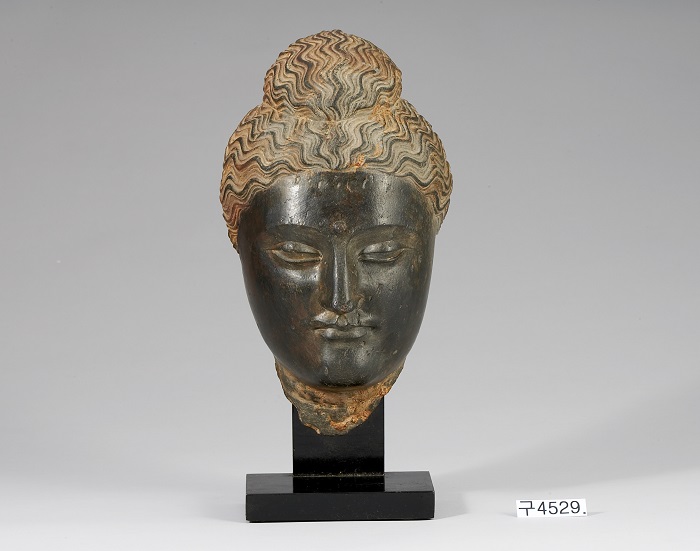
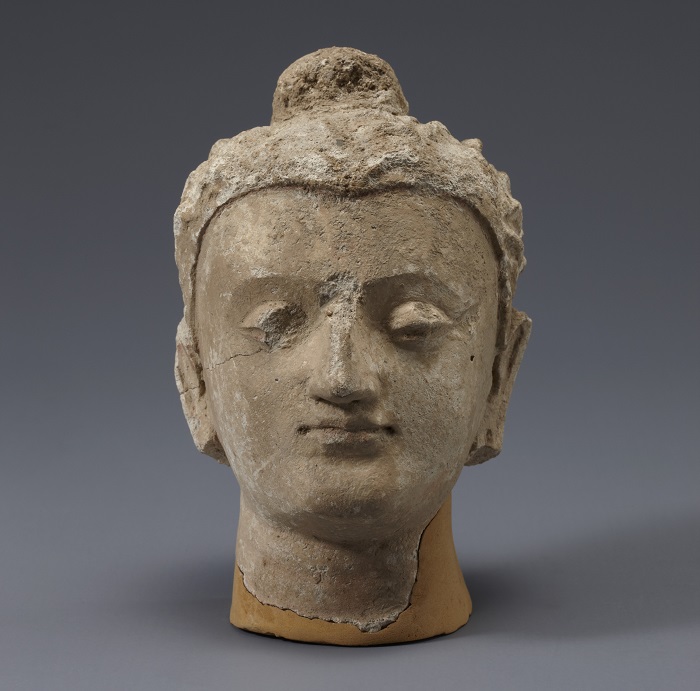
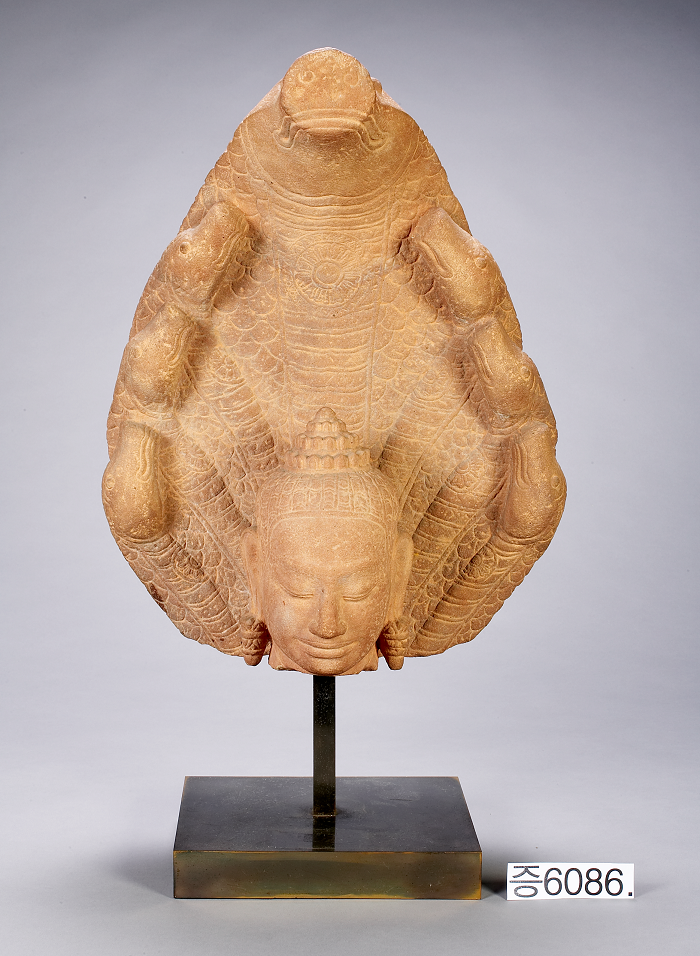
The Gwangju National Museum is currently hosting a special exhibition, "Buddhist Art in Asia: India, Southeast Asia, Central Asia and Tibet." It serves as an opportunity to showcase the museum's collection of artworks, including paintings, craftworks and sculptures, all representing the spirituality of Buddhism. Designed to showcase cultural similarities and diversity among Asian countries, the exhibition sheds light on how Buddhist art originated in India and spread across Southeast Asia, Central Asia and Tibet.
The first section of the exhibition shows a variety of sculptures that originated in India. It includes a sculpture of Buddha's head excavated from Gandhara and an image of a bodhisattva from the Pala period (750-1100). The second section has sculptures, paintings and craftworks on display, all from Southeast Asia. The highlights are the flamboyant lacquerware and sacred books that were used during Buddhist memorial services. On the theme of Central Asia, the third exhibition gives visitors a chance to explore a Buddha statue made from clay and a replica of the Bezeklik mural collected by the Otani expeditions. Finally, the fourth exhibition has on display a thangka, a detailed and colorful Tibetan Buddhist painting, as well as a collection of equipment used during rituals.
Opened on June 2, the exhibition will continue until August 2. More information can be found at the official website of the Gwangju National Museum.
http://gwangju.museum.go.kr/eng
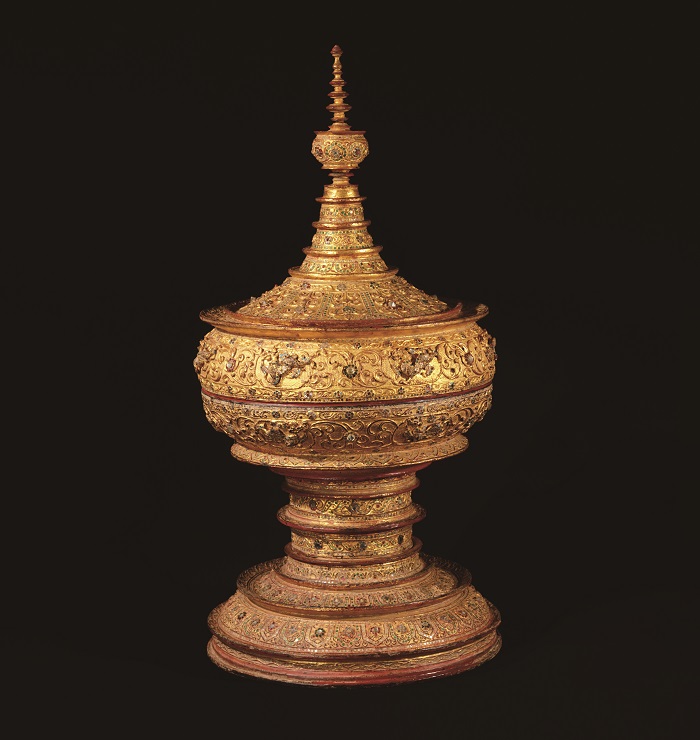
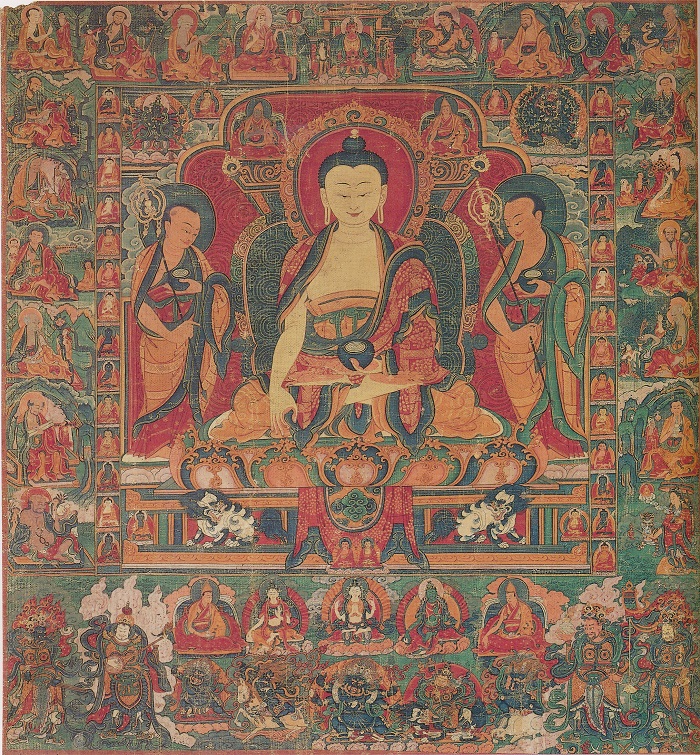
By Lee Seung-ah
Korea.net Staff Writer
Photos: Gwangju National Museum
slee27@korea.kr
Buddhism spread across the country as a religion for the ordinary people who sought enlightenment and an escape from existence. It gradually permeated deeply into the daily lives of people and began to influence politics, philosophy, society and the arts all around the world. The Buddhism that has been around for about 2,500 years is now perceived as both a religion and as a philosophical idea that represents many parts of Asia.

Head of Buddha. 2nd century. Pakistan. This sculpture represents the typical Gandhara style.

Head of Buddha. 4th century. Excavated from Afghanistan. This sculpture has elements of Hellenism which spread there between the first and second centuries.

Head of Buddha. 16th century. Cambodia. Seven cobra-like snakes surround the head. The large and thick lips represent the Cambodian style of Buddhist statues.
The Gwangju National Museum is currently hosting a special exhibition, "Buddhist Art in Asia: India, Southeast Asia, Central Asia and Tibet." It serves as an opportunity to showcase the museum's collection of artworks, including paintings, craftworks and sculptures, all representing the spirituality of Buddhism. Designed to showcase cultural similarities and diversity among Asian countries, the exhibition sheds light on how Buddhist art originated in India and spread across Southeast Asia, Central Asia and Tibet.
The first section of the exhibition shows a variety of sculptures that originated in India. It includes a sculpture of Buddha's head excavated from Gandhara and an image of a bodhisattva from the Pala period (750-1100). The second section has sculptures, paintings and craftworks on display, all from Southeast Asia. The highlights are the flamboyant lacquerware and sacred books that were used during Buddhist memorial services. On the theme of Central Asia, the third exhibition gives visitors a chance to explore a Buddha statue made from clay and a replica of the Bezeklik mural collected by the Otani expeditions. Finally, the fourth exhibition has on display a thangka, a detailed and colorful Tibetan Buddhist painting, as well as a collection of equipment used during rituals.
Opened on June 2, the exhibition will continue until August 2. More information can be found at the official website of the Gwangju National Museum.
http://gwangju.museum.go.kr/eng

This lacquerware is believed to have been used for ritual ceremonies in Myanmar during the 19th century.

Painting of the Sakyamuni Triad and 16 arhats. 16-17th century. Tibet. Buddha is shown in the center and is surrounded by his disciples.
By Lee Seung-ah
Korea.net Staff Writer
Photos: Gwangju National Museum
slee27@korea.kr













